How to Transition Programming for Improved Athletic Performance
As a strength and conditioning coach who has worked with over 1,000 athletes, I’ve seen firsthand the incredible results that come from strategically planned training phases. One of the most impactful phases in our Peak Performance Program is the Dynamic Force phase, where we transition from a strength block to a power block. This phase is essential for athletes who want to convert their hard-earned strength gains into explosive power that directly translates to improved sports performance.
Benefits of Transitioning from Strength to Power Blocks
🔥 Enhanced Explosiveness: When you move from a strength block to a power block, you’re essentially turning your raw strength into rapid, explosive movements. This is crucial for sports that require quick bursts of power, such as sprinting, jumping, and throwing.
🔥 Improved Athletic Performance: Power training enhances your ability to generate force quickly, which is key in dynamic sports activities. This transition phase helps bridge the gap between the strength you’ve built and the sport-specific power you need to perform at your best.
🔥 Increased Rate of Force Development (RFD): The power block emphasizes the speed at which force is produced, optimizing your RFD. This is a critical component of athletic performance in high-velocity sports.
🔥 Injury Prevention: Incorporating power training improves neuromuscular coordination and joint stability, which reduces the risk of injuries associated with explosive movements.
One Way We Make This Transition Happen In Our Training Program for Explosive Athletes: VBT
What is Velocity-Based Training?
Velocity-based training (VBT) is an advanced strength training method that uses the speed of movement to dictate training loads and intensities. By measuring the velocity at which an athlete can move a given load, coaches and athletes can make real-time adjustments to ensure optimal performance and adaptation. This approach leverages technology such as linear position transducers, accelerometers, and wearable devices to provide precise feedback and improve training outcomes.
Our athletes use the free Metric VBT App
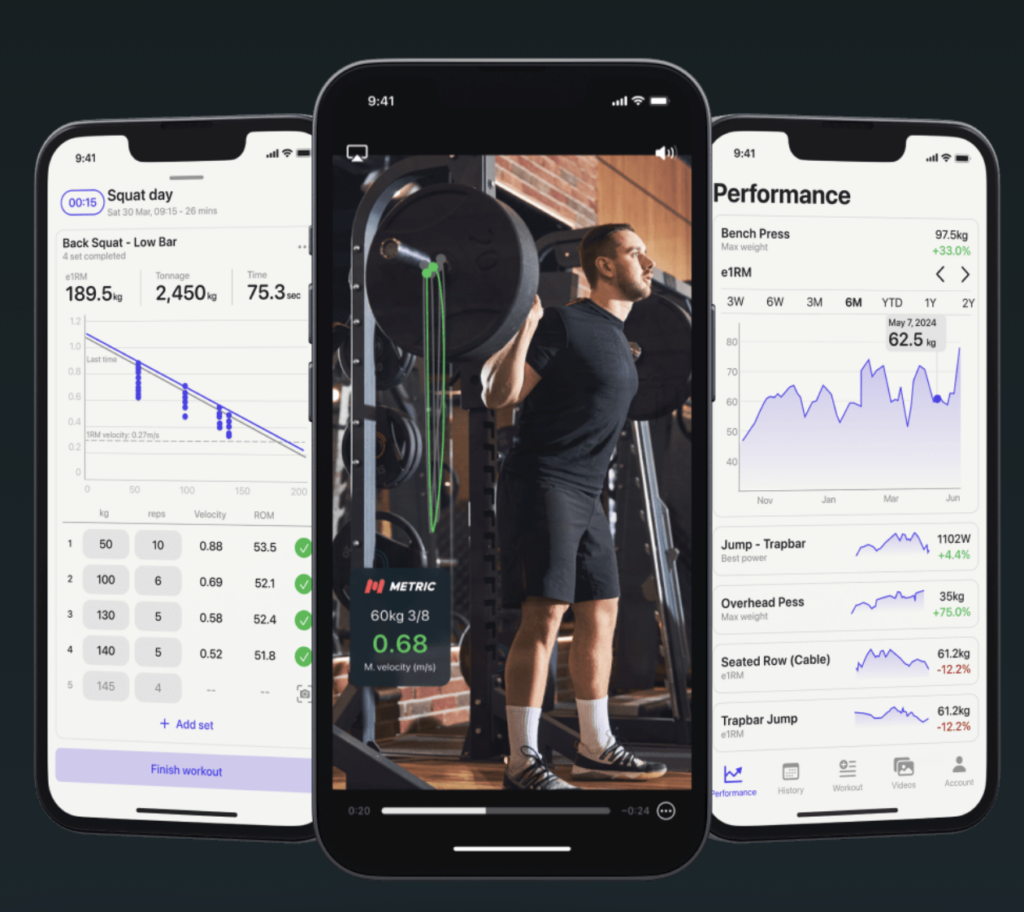
Benefits of Velocity-Based Training for Athletes
Individualized Training: VBT allows for tailored training loads based on an athlete’s daily readiness, accounting for fluctuations in performance and fatigue levels.
Immediate Feedback: Real-time data on movement velocity helps athletes adjust their effort and technique instantly, leading to more effective training sessions.
Enhanced Performance: By focusing on bar speed, VBT helps optimize the development of power, speed, and strength, crucial for many sports.
Injury Prevention: Monitoring velocity can help detect signs of fatigue or overtraining, allowing for load adjustments to reduce the risk of injury.
Objective Data: Provides objective, quantifiable data on performance, aiding in tracking progress and making informed training decisions.
When to Use Velocity-Based Training
VBT is versatile and can be integrated into various phases of an athlete’s training cycle:
- Pre-Season: To build power and strength while minimizing the risk of overtraining.
- In-Season: For maintaining strength and power without excessive fatigue.
- Off-Season: To develop foundational strengths and address specific weaknesses.
Neural and Physiological Benefits of Each Velocity Zone
Speed Zone (1.3-1.5 m/s)
- Neural: Increases motor unit recruitment and neural drive, enhancing rapid muscle activation.
- Physiological: Improves neuromuscular efficiency, coordination, and fast-twitch muscle fiber recruitment.
Speed-Strength Zone (1.0-1.3 m/s)
- Neural: Enhances synchronization of motor units and rate of force development.
- Physiological: Increases power output and muscle hypertrophy, particularly in fast-twitch fibers.
Power Zone (0.75-1.0 m/s)
- Neural: Improves efficiency of motor unit recruitment across varying intensities.
- Physiological: Optimizes power production, enhancing both fast and slow-twitch muscle fibers.
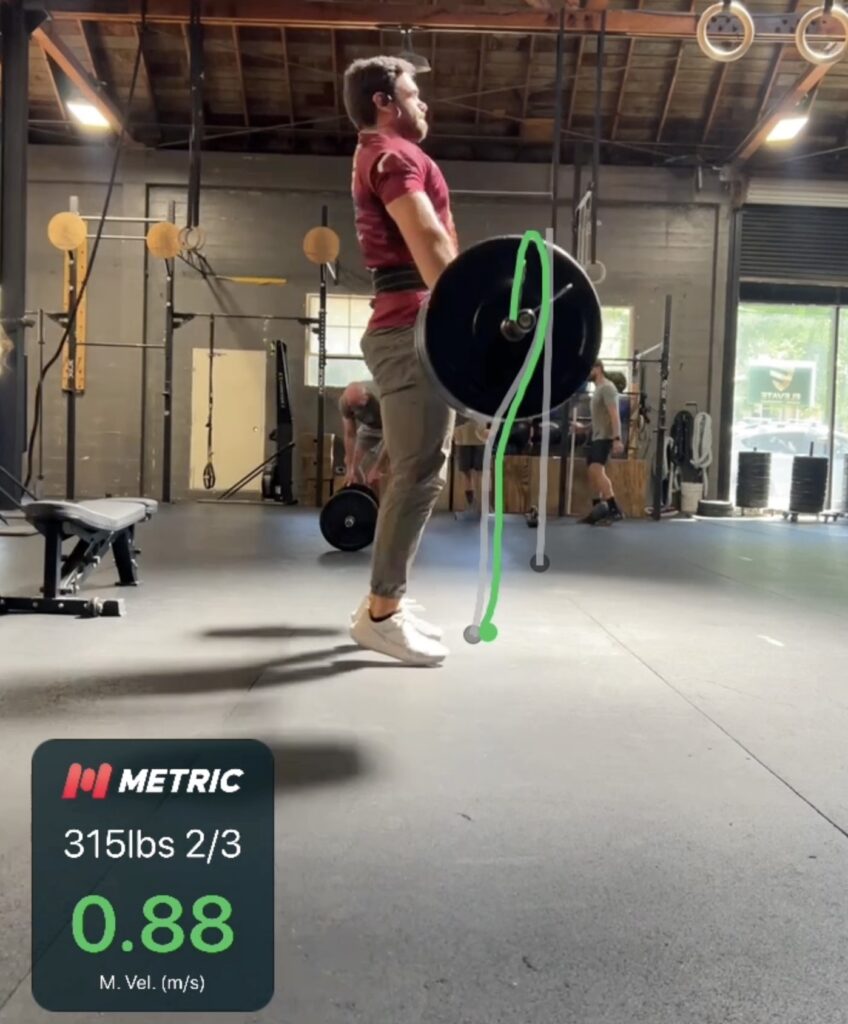
Strength-Speed Zone (0.5-0.75 m/s)
- Neural: Enhances motor unit synchronization and high-threshold motor unit activation.
- Physiological: Increases force production and muscle hypertrophy, particularly in type II fibers.
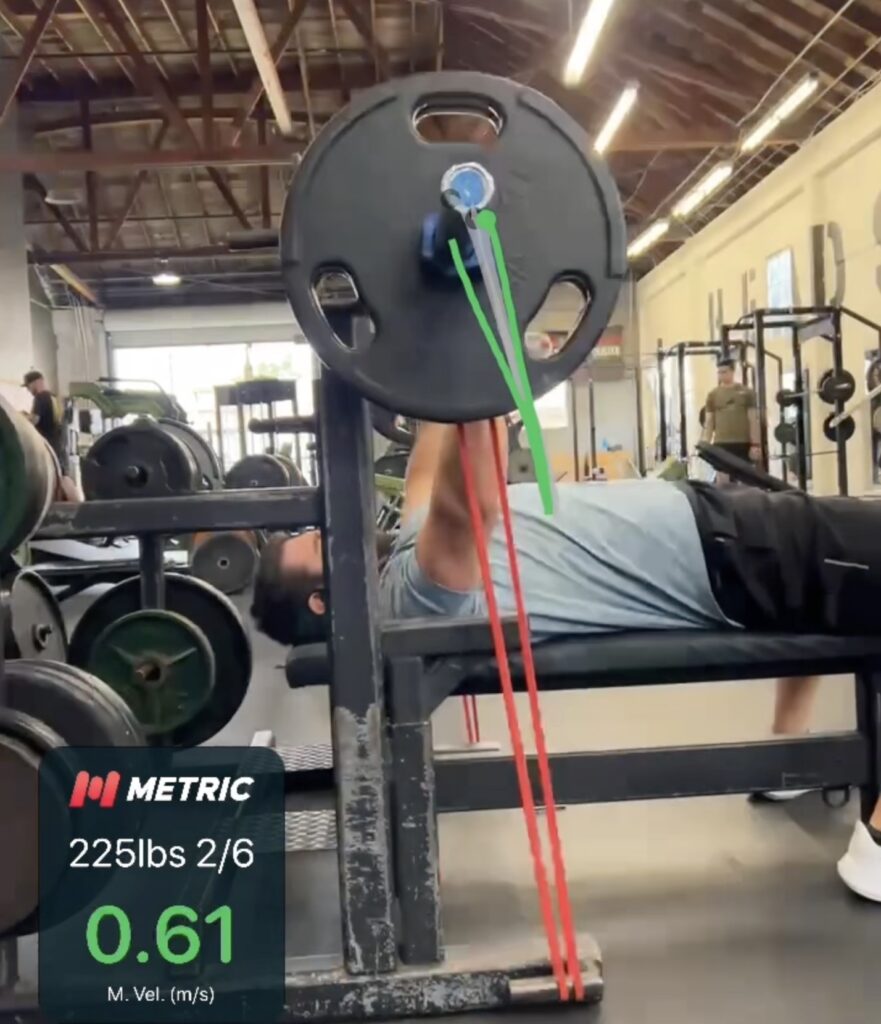
Strength Zone (0.3-0.5 m/s)
- Neural: Maximizes motor unit recruitment and neural drive for sustained muscle activation.
- Physiological: Increases overall muscle strength, hypertrophy, and strengthens connective tissues.
How to Set Up Your Week with Velocity-Based Training: Daily Undulating Periodization
Daily undulating periodization (DUP) involves varying the intensity and volume of training sessions throughout the week to promote continuous adaptation and prevent plateaus. Here’s a sample VBT program using DUP:
Day 1: Full Body Strength
Day 2: Glycolitic Conditioning + Mobility
Day 3: Rest or Acceleration
Day 5: Full Body Speed-Strength
Day 6: Rest or Top Speed
(This is one week of our Dynamic Force Phase utilizing VBT and Undulating Periodization) 👇

Watch The Power Day Training Workout
This structured approach ensures that athletes build strength and effectively convert that strength into sport-specific power. By strategically integrating velocity-based training within our daily undulating periodization framework, we optimize strength and power development.
If you’re looking to take your athletic performance to the next level, consider joining our Peak Performance Program. Our expert coaches will guide you through each phase of training, ensuring you achieve your full athletic potential. Join us today and experience the benefits of a scientifically-backed training approach.
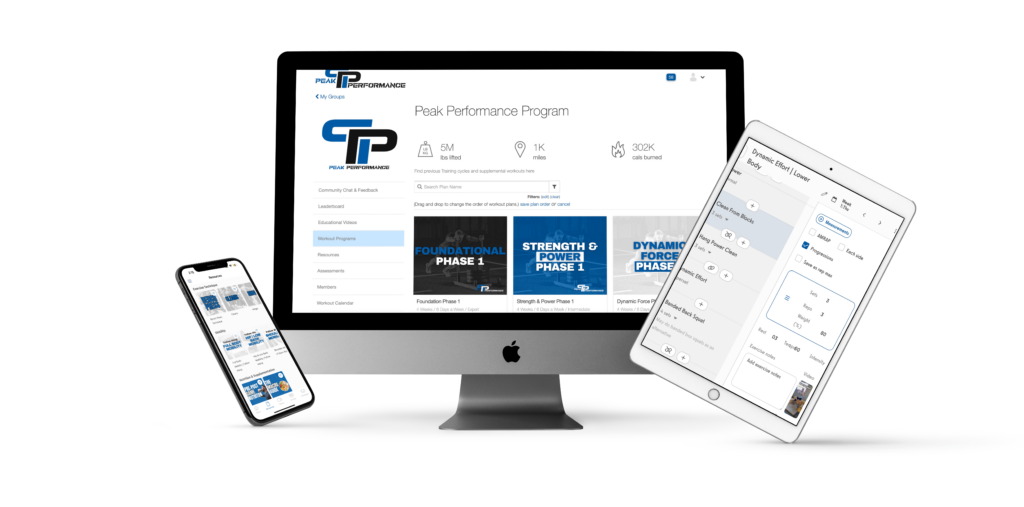
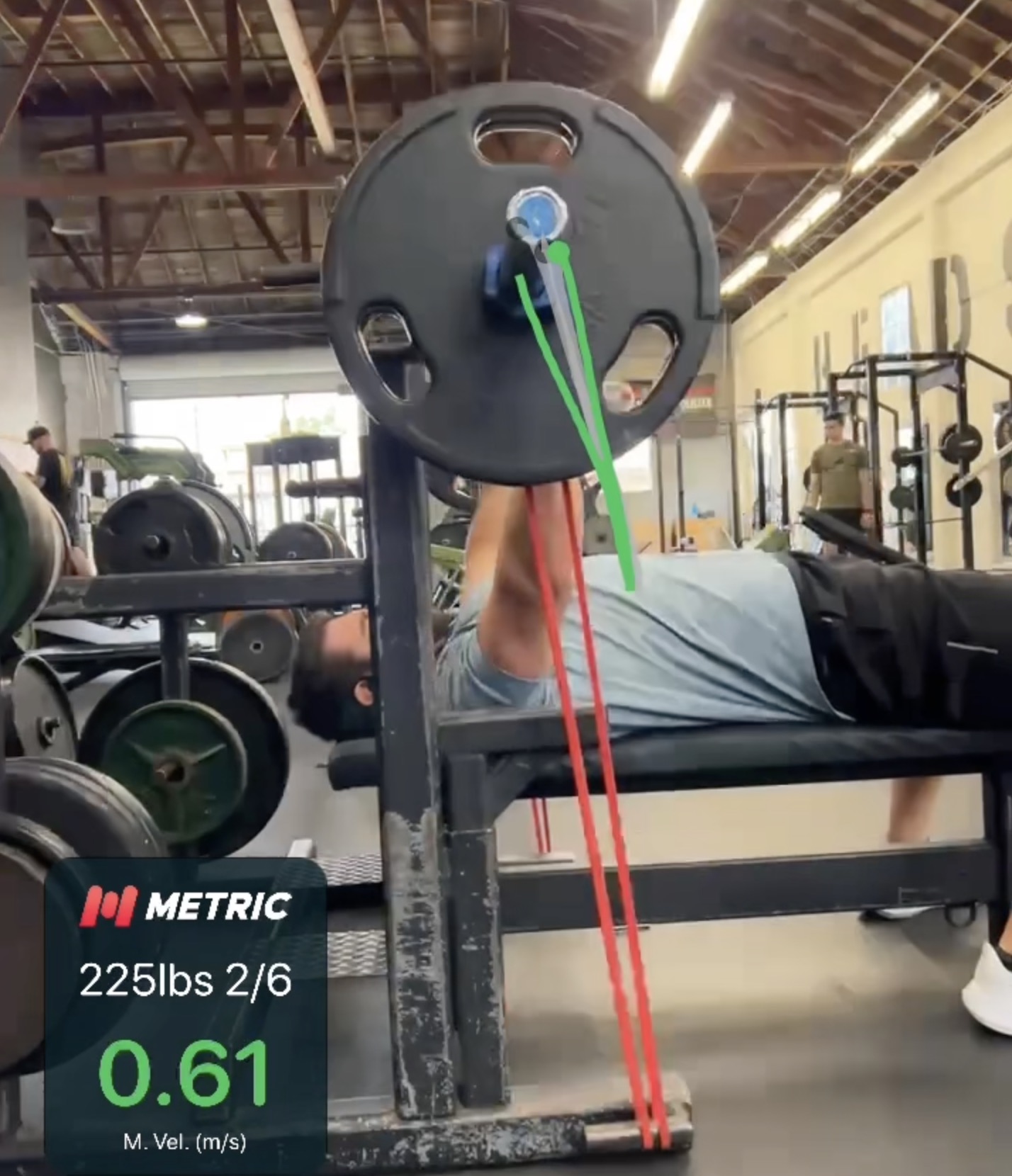
Be The First To Comment